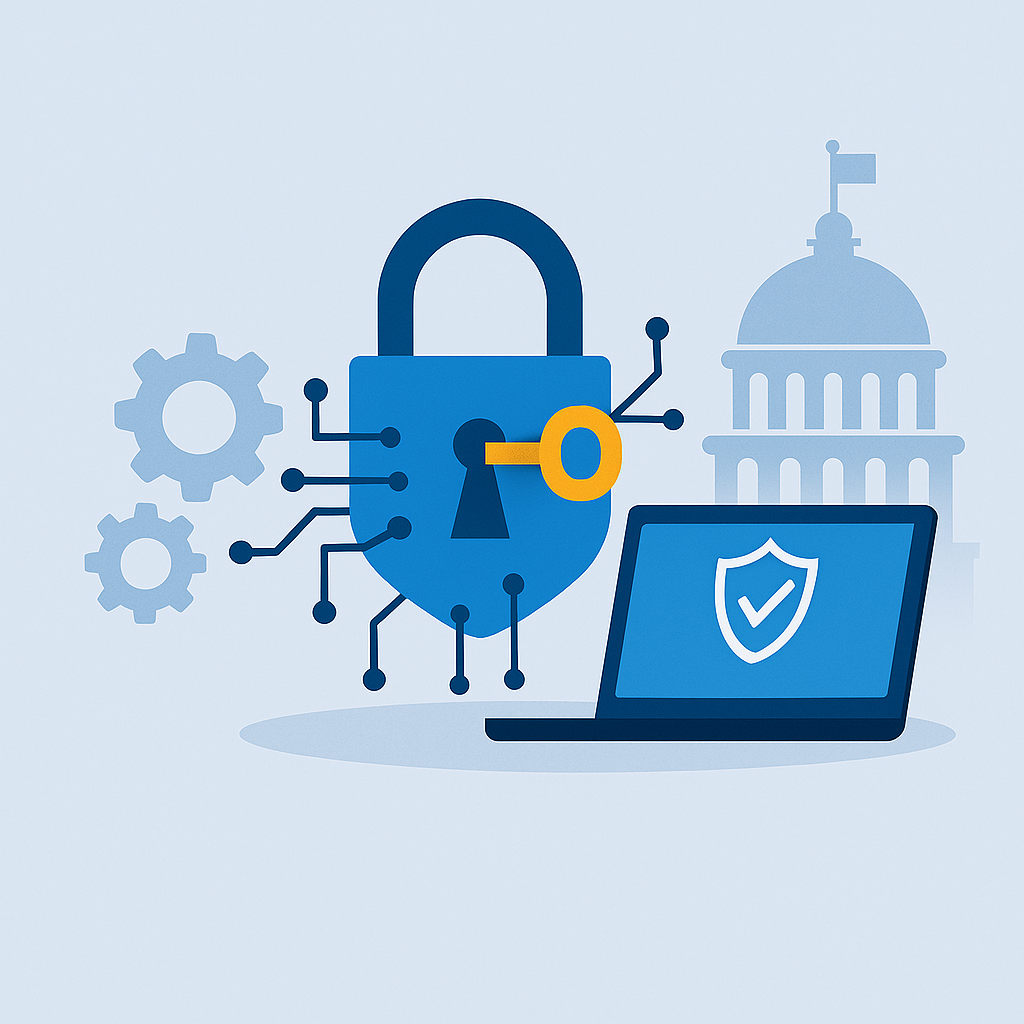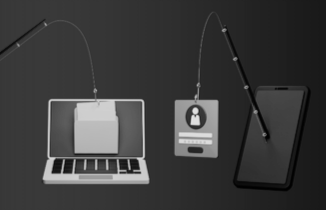In today’s rapidly evolving digital landscape, achieving compliance with federal standards is not just a regulatory requirement but a strategic advantage. As organizations strive to do business with the federal government, the Federal Risk and Authorization Management Program (FedRAMP) stands as a critical benchmark for cloud service providers. Recognizing the challenges and opportunities this presents, Cypago is proud to announce the launch of our comprehensive FedRAMP support, designed to simplify and accelerate your compliance journey.
Understanding the Importance of FedRAMP
FedRAMP is a government-wide program that provides a standardized approach to security assessment, authorization, and continuous monitoring for cloud products and services. For enterprises aiming to work with federal agencies, achieving FedRAMP authorization is essential. It not only ensures that your services continuously meet stringent security requirements but also enhances your organization’s credibility and opens doors to lucrative government contracts.
Challenges in Achieving FedRAMP Compliance
Navigating the FedRAMP compliance landscape can be daunting. The process involves rigorous security controls, extensive documentation, continuous monitoring, and adherence to strict data sovereignty requirements. For many organizations, especially those with limited resources, these demands can pose significant challenges.
Cypago’s FedRAMP Support: Simplifying Compliance
At Cypago, we understand these challenges and have developed a solution tailored to meet the specific needs of organizations pursuing FedRAMP authorization. Our platform offers a suite of features designed to streamline the compliance process:
- Self-Hosting for Data Sovereignty: Only Cypago deploys directly within your Amazon GovCloud environment, ensuring full control over your data and compliance with FedRAMP’s stringent data sovereignty requirements. Platform and infrastructure configurations are hardened and adhere to the most rigorous FedRAMP and FIPS security requirements.
- Automated Continuous Monitoring (ConMon): Our Continuous Control Monitoring (CCM) automates the tracking of FedRAMP-specific controls, providing real-time visibility into your compliance posture and reducing the risk of non-compliance.
- Integrated Vulnerability Management: Seamlessly integrate with leading tools like Qualys and Tenable to automate vulnerability assessments. Generate detailed, prioritized reports based on live data, enabling proactive security management.
- FedRAMP-Compliant Report Generation: Effortlessly and automatically generate mandatory monthly reports, such as System Security Plans (SSPs), POA&M, ConMon, Inventory and Vulnerability reports, formatted according to FedRAMP’s official templates and updated in real-time.
- Simplified Documentation with Automation: From evidence collection to assessment preparation, our platform automates documentation processes, ensuring accuracy and readiness for review.
- A Single Platform for Collaborating on FedRAMP Assessments: With Cypago, organizations can efficiently and easily plan, manage and execute their FedRAMP assessments with unlimited collaboration. Through Cypago’s collaboration capabilities, FedRAMP assessors, 3PAOs, and consultants can be invited to the platform and perform the assessment in a streamlined manner.
Turning Compliance into a Strategic Advantage
Achieving FedRAMP compliance is more than a regulatory checkbox; it’s a gateway to growth. As highlighted in our recent discussion on Palantir’s FedRAMP success, obtaining this authorization can drive trust, unlock new markets, drive sales and revenue, and significantly boost market valuation. With Cypago, you gain the tools and expertise to navigate FedRAMP requirements efficiently and confidently, turning compliance into a strategic advantage.
Why Choose Cypago for FedRAMP Compliance?
- Purpose-Built for FedRAMP: Our platform is designed to address the unique challenges of FedRAMP authorization and continuous monitoring.
- Comprehensive No-Code Automation: Automate everything from control monitoring to vulnerability management without writing a single line of code, saving time and reducing human error.
- Real-Time Insights: Continuously monitor your compliance posture to identify and address gaps before they become issues.
- Self-Hosted Flexibility: The only platform approved to provide FedRAMP automation by offering self-hosted deployment within your FedRAMP environment on Amazon GovCloud, keeping your data secure and compliant.
FedRAMP statistics
Integrating statistics on FedRAMP adoption can underscore its significance as a business enabler. Consider the following points:
- Prevalence Among Small Businesses: Over 30% of FedRAMP Cloud Service Providers (CSPs) are small businesses, highlighting the program’s accessibility and the competitive advantage it offers to smaller enterprises.
fedramp.gov
- Market Expansion: Achieving FedRAMP compliance not only facilitates partnerships with federal agencies but also opens avenues with state and local governments. Many of these entities are increasingly leveraging FedRAMP security standards, allowing businesses to broaden their customer base beyond federal contracts.
databank.com
- Enhanced Security Posture: FedRAMP provides a standardized approach to security assessment, authorization, and continuous monitoring for cloud products and services, ensuring that cloud services used by federal agencies meet rigorous security requirements.
alation.com
Incorporating these statistics can effectively illustrate how FedRAMP compliance serves as a catalyst for business growth and market expansion.
Conclusion
Embarking on the FedRAMP compliance journey can be complex, but with Cypago’s dedicated support, it becomes a manageable and strategic endeavor. We are committed to empowering small to medium enterprises to achieve compliance efficiently, enabling you to focus on delivering exceptional services to the federal government.
To learn more about how Cypago can assist you in achieving FedRAMP compliance, visit our FedRAMP solutions page.
Together, let’s turn compliance into a catalyst for growth and innovation.









